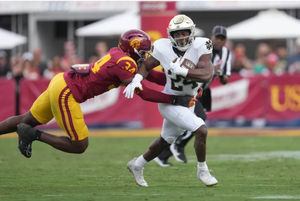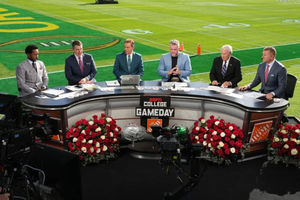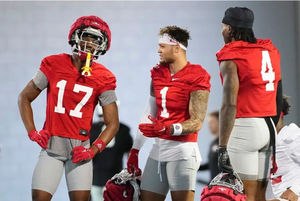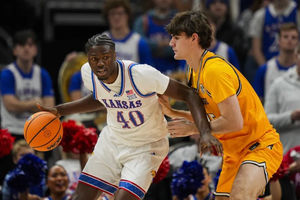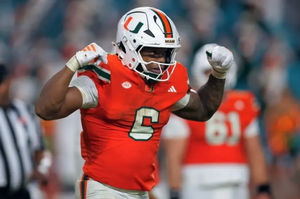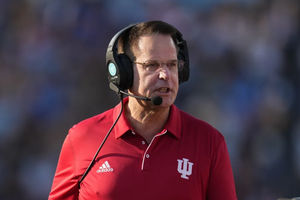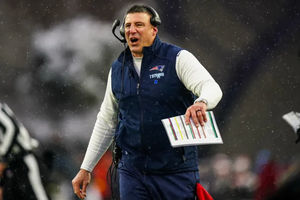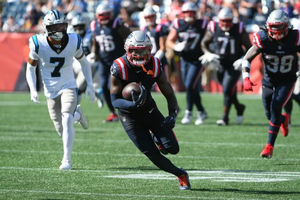Old is new, sports is life, and dumb is dumb
 Bill de Blasio, who once dropped a groundhog named Charlotte during a Groundhog Day celebration in Staten Island. It had to be euthanized as a result of the fall. source: AP
Bill de Blasio, who once dropped a groundhog named Charlotte during a Groundhog Day celebration in Staten Island. It had to be euthanized as a result of the fall. source: AP Fifty years ago this week, the Oakland A’s were running away with their first American League West title. Having gone into first place in April, and putting everyone double-digit games behind by the Fourth of July, the Swingin’ A’s dynasty was just getting going. They’d win the first of their three consecutive World Series the following year.
On August 22 of that 1971 season, the A’s faced the Red Sox in a doubleheader at Oakland Coliseum, and having already won the first game, 9-3, they got off to a good start in the nightcap when Bert Campaneris led off the bottom of the first inning with a homer.
Diego Segui held that 1-0 lead until the fifth inning, when he walked Bob Montgomery leading off. Walks will haunt now, and walks did haunt then, as Montgomery came around to score on a sacrifice bunt by pitcher Sonny Siebert and a double by Luis Aparicio.
Siebert didn’t know it then, but a few innings later, he’d make baseball history. After getting Campaneris to pop up and Curt Blefary to fly out starting the bottom of the ninth, Siebert faced Reggie Jackson with two men out. Not yet known as Mr. October, the future Hall of Famer hit an inside-the-park home run, giving the A’s a 2-1 win and a 15.5-game lead over the Kansas City Royals in the West.
It’s been 50 years and a couple of days since then, and Siebert remains the last pitcher in major league history to give up a homer leading off a game, and then a walkoff to end it.
Bill de Blasio was a 10-year-old kid in Cambridge, Mass., then, growing up a Red Sox fan. And even now, as mayor of New York, de Blasio still hates the Yankees, saying Tuesday about their 10-game winning streak to pass Boston in the Wild Card race, “We’ll see how long this lasts.” Staying true to the Sox, even as mayor of the city of their biggest rival, is maybe the most relatable thing about a mayor who has been famously awkward, from eating pizza with a knife and fork, to thinking anyone would want him to be president.
Part of the reason de Blasio’s political career figures to end when he leaves City Hall is that he’s now, after nearly a year and a half of COVID-19, fully channeled Sonny Siebert.
Leading off the pandemic, as New York already had a few dozen coronavirus cases and it was clear that some kind of public quarantine would be necessary, de Blasio told New Yorkers, “If you’re not sick, you should be going about your life.” It’s true that we didn’t know as much about the virus then, but it was still an obviously stupid thing to say, as if the virus wasn’t going to keep spreading over the weekend before the city finally shut down.
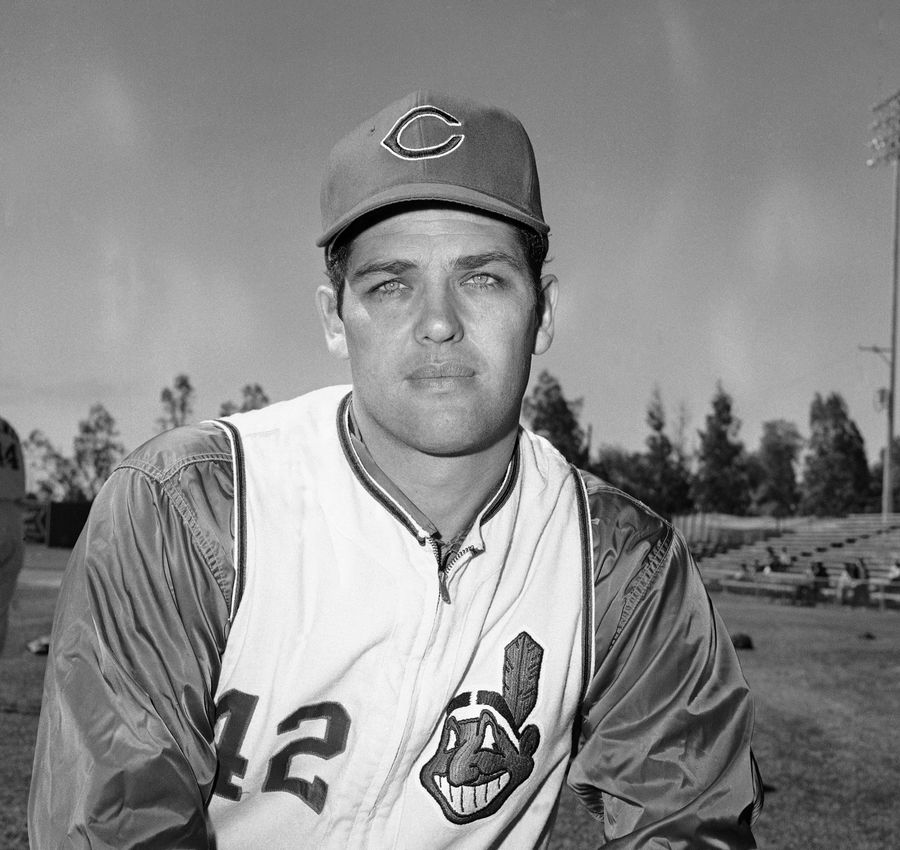 Sonny Siebert source: AP
Sonny Siebert source: AP Now, at the “end” of the pandemic, in quotation marks because, well, look around, de Blasio not only goofed by trying to keep a Central Park concert going during a hurricane, he had the gall to defend his decision to go on stage and tell everyone to — again, it’s still an active pandemic — find a place indoors to wait out the thunderstorms before somehow coming back into the park for the rest of the show (despite announcements that said nothing of the show resuming — just to get the hell off the Great Lawn to safety: THREAD!). De Blasio’s folly had people unsafely turning around and heading back in at the mere prospect of the concert continuing.
“My thinking was I think the same as everyone involved with the show, Clive Davis, and Doug Davis, and the performers — everyone wanted the show to go on,” de Blasio said in a Monday press conference. “And the initial information we got from our Emergency Management Department and from the weather analysts was that there was going to be an end to the thunderstorms. I mean, a summer thunderstorm is a pretty common thing.”
That’s true, summer thunderstorms are common. Hurricanes bearing down on New York are much less so, and you would think that someone who was mayor and was a little too lax about protecting citizens as an unprecedented disaster began 17 months ago might, you know, err on the side of caution.
Instead, just like Siebert half a century ago, after getting off to the worst possible start, de Blasio took a big fat “L,” inside the park.
49ers vs Colts Week 16 Monday Night Football Betting Picks
Miami Defense Carries Hurricanes Past Texas A&M in CFP Debut
Small-School Roots Shine in the College Football Playoff
Best NFL Player Props for Week 16: Top Bets and Value Picks
- Best NFL Player Props for Week 16: Top Bets and Value Picks
- Commanders vs Eagles Week 16 Saturday Betting Pick
- Jake Paul vs. Anthony Joshua Betting Picks: Best Bets for the Boxing Supercard
- Best NBA Picks for Friday December 19th: 76ers vs Knicks, Cavs vs Bulls
- NHL Friday Betting Picks: Hurricanes vs Panthers, Canucks vs Islanders
- College Football Playoff Full First-Round Betting Picks and Predictions
- Best NBA Bets Tonight: Three Picks for Dec. 18th's Slate



